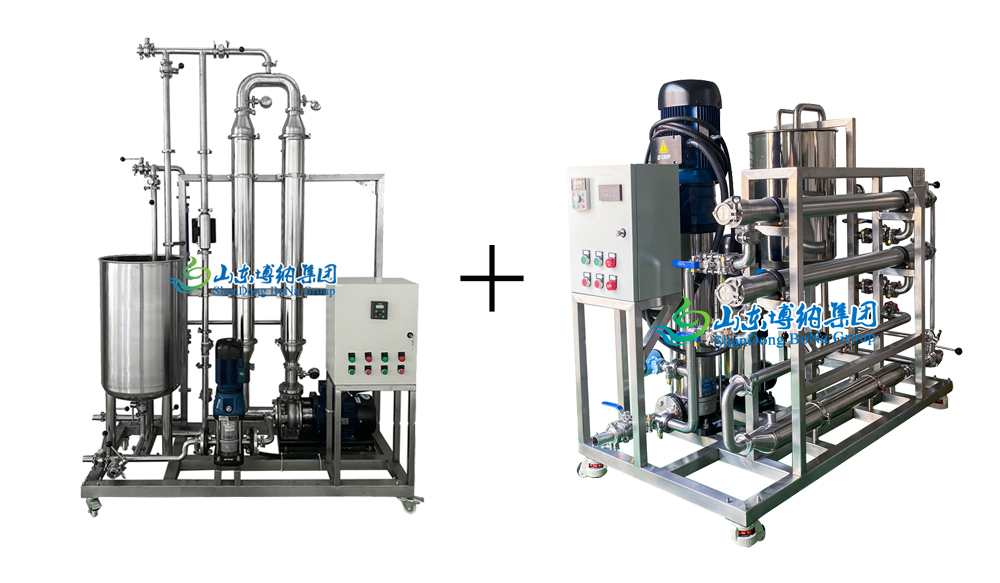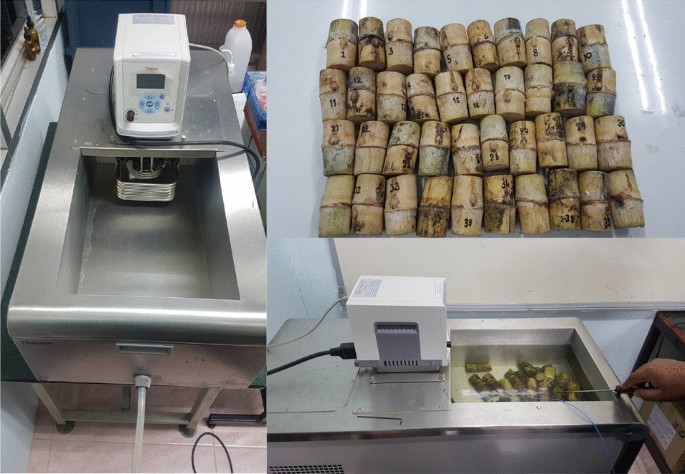Discover the Cutting-edge Benefits of Products From Sugarcane for Lasting Living
Sugarcane has become a pivotal source in the mission for lasting living. Its diverse applications cover eco-friendly packaging, eco-friendly power, and much healthier food options. As industries seek environmentally friendly choices, sugarcane's flexibility supplies promising options. The true possibility of sugarcane extends beyond its existing uses. Discovering its innovative benefits could reveal brand-new pathways toward a much more lasting future. What various other possibilities might this impressive plant hold?

The Surge of Sugarcane as a Lasting Source
As global understanding of environmental problems expands, sugarcane has actually arised as a noticeable lasting source. This flexible plant uses a range of advantages that add to environment-friendly methods. Sugarcane is a renewable resource, capable of flourishing in diverse environments while taking in co2, thereby reducing greenhouse gas emissions. Its rapid development cycle enables for frequent harvesting, causing a continuous supply of raw material.Additionally, sugarcane growing frequently requires much less water contrasted to other crops, making it an efficient option in water-scarce areas. The by-products of sugarcane, such as bagasse and molasses, can be repurposed for different applications, lowering waste and promoting round economic situation concepts. Moreover, developments in farming methods have actually led to even more lasting farming techniques, better improving sugarcane's environmental profile. As consumers increasingly seek lasting choices, sugarcane stands apart as a feasible option for those devoted to lowering their ecological impact.
Naturally Degradable Packaging Solutions
Just how can biodegradable packaging solutions transform the method consumers come close to sustainability? By making use of sugarcane-based materials, these ingenious remedies provide a compelling option to traditional plastics. Biodegradable product packaging made from sugarcane disintegrates naturally, significantly decreasing land fill waste and greenhouse gas emissions. As consumers become increasingly aware of their environmental impact, the need for lasting product packaging proceeds to rise.These sugarcane-derived products not only offer useful functions however additionally align with eco-conscious customer worths. They give a concrete means for companies and people to add to a circular economic situation, advertising source effectiveness and reducing environmental footprints. Additionally, as markets take on biodegradable alternatives, they foster a society of sustainability that reverberates with a growing group looking for responsible choices.In essence, eco-friendly product packaging remedies from sugarcane stand for an essential action forward in lasting practices, equipping customers to make eco-friendly decisions without sacrificing ease or quality.
Renewable Resource Generation From Sugarcane
A considerable section of renewable power generation can be originated from sugarcane, showcasing its convenience beyond standard farming uses. Sugarcane biomass, consisting of bagasse and leaves, is a potent resource for bioenergy manufacturing. This biomass can be exchanged biofuels such as ethanol, which acts as a cleaner choice to fossil fuels. In addition, the burning of sugarcane by-products creates vapor and power, giving an energy resource for sugar mills and neighboring communities.The farming of sugarcane likewise contributes to carbon sequestration, as the plants take in carbon dioxide throughout their development cycle. By utilizing sugarcane for energy, waste is minimized, and sustainable practices are encouraged. This renewable energy strategy not just supports energy demands yet also promotes rural advancement, producing jobs in bioenergy markets. Overall, sugarcane stands out as an essential player in the shift to sustainable power options, straightening with international initiatives to minimize carbon footprints.

Eco-Friendly Textiles and Fabrics
Green textiles and fabrics originated from sugarcane present an encouraging alternative to standard materials. These biodegradable alternatives not just lower environmental effect but likewise offer longevity and performance equivalent to standard fabrics. Lasting production procedures further boost their charm, making them an integral component of a lasting way of life.
Eco-friendly Material Alternatives
Why is the adjustment toward naturally degradable fabric options vital for sustainable living? The boosting understanding of environmental degradation has actually prompted a search for choices to traditional fabrics, which commonly contribute to air pollution and waste. Naturally degradable textiles, stemmed from eco-friendly resources such as sugarcane, provide a promising remedy. These materials decay naturally, reducing landfill accumulation and decreasing environmental effect. Furthermore, they can help lower carbon footprints and reliance on nonrenewable fuel sources. As consumers come to be more eco-conscious, the need for lasting fabrics grows, encouraging producers to spend and introduce in naturally degradable options. This change not only supports lasting methods yet also cultivates a round economy, leading the way for an extra responsible method to fashion and fabric production.
Toughness and Efficiency
Longevity and efficiency are critical elements when assessing environment-friendly fabrics and textiles. Sugarcane-derived products demonstrate remarkable strength and durability, making them ideal for different applications. These textiles typically exhibit remarkable moisture-wicking homes, which enhance convenience in everyday wear. Furthermore, their all-natural fibers add to breathability, guaranteeing that garments remain fresh and wearable also popular problems. The performance of sugarcane-based materials reaches their resistance to damage, allowing items to keep their honesty gradually. These green textiles can be dealt with to enhance UV security and stain resistance, satisfying the useful requirements of customers without compromising sustainability. Inevitably, sugarcane fabrics supply an unified balance of toughness and performance, interesting ecologically mindful individuals.
Lasting Manufacturing Processes
The excellent toughness and efficiency of sugarcane-derived fabrics are enhanced by sustainable production procedures that prioritize environmental responsibility. These processes utilize renewable energies, minimizing reliance on nonrenewable fuel sources and reducing carbon footprints. By using the byproducts of sugarcane cultivation, makers can create green textiles while promoting waste decrease. Advanced strategies, such as water-efficient dyeing and naturally degradable therapies, additionally enhance the sustainability of these textiles. In addition, the usage of safe chemicals warranties that the manufacturing procedure does not hurt communities or human wellness. This dedication to sustainability not only interest environmentally aware customers however likewise sustains regional economic climates by advertising lasting farming techniques. Overall, sugarcane-derived textiles stand for a substantial action in the direction of a greener future in the fashion sector.
Sugarcane-Based Biofuels and Their Impact

Sugarcane-based biofuels have actually emerged as a considerable alternate energy source, providing a renewable option to the world's expanding power demands. These biofuels, originated from the fermentation of sugarcane juice or molasses, provide an even more sustainable choice contrasted to nonrenewable fuel sources. Their manufacturing procedure creates reduced greenhouse gas discharges, adding to environment change reduction efforts.Additionally, sugarcane biofuels can boost energy safety and security by expanding power sources and decreasing reliance on imported oil. The farming of sugarcane also promotes rural growth, creating work and stimulating local economies.However, concerns regarding land usage and food competitors persist, as increased biofuel manufacturing might influence food supply chains. Sustainable agricultural methods are necessary to balancing these guaranteeing and competing rate of interests that biofuel manufacturing does not weaken click for more info food security. Overall, sugarcane-based biofuels represent a promising avenue for a greener energy future, gave that their ecological and social ramifications are meticulously managed.
Much Healthier Alternatives: Sugarcane in Food Products
While several customers seek much healthier options in their diet plans, sugarcane products supply a healthy alternative to fine-tuned sugars and sweetening agents. Originated from the natural extraction of sugarcane juice, these items keep vital nutrients, consisting of nutrients, that are frequently shed in processed sugars. Sugarcane includes anti-oxidants and nutritional fiber, adding to overall health and wellness and wellness.Many health-conscious individuals are turning to sugarcane syrup and jaggery, which supply a reduced glycemic index contrasted to conventional sugars, making them ideal for those handling blood sugar level degrees. Additionally, sugarcane-derived sugar can boost the taste of different recipes without the damaging results connected with synthetic additives.This shift towards all-natural sweetening agents not just promotes better dietary choices however likewise straightens with sustainable living techniques, as sugarcane is a renewable energy. Therefore, sugarcane items are becoming desirable alternatives in the domain of food.
The Future of Sugarcane in Lasting Technologies
The future of sugarcane is poised to include ingenious applications that expand beyond standard uses. Its prospective as a resource for biodegradable product packaging remedies and renewable power resources highlights its function in sustainable practices. Checking out these advancements might substantially affect environmental preservation and resource administration.
Naturally Degradable Packaging Solutions
A boosting number of companies are transforming to eco-friendly product packaging remedies originated from sugarcane as a promising alternative to standard plastics. These innovative products, usually made from sugarcane fibers and bioplastics, disintegrate naturally, minimizing the long-lasting ecological influence related to conventional plastic waste. By making use of renewable energies, sugarcane-based product packaging contributes to a much more lasting manufacturing cycle, aligning with international efforts to deal with contamination and climate adjustment. Furthermore, these options frequently keep the durability and performance required for different applications, from food containers to shipping products. As consumer demand for green choices expands, organizations embracing sugarcane product packaging not only improve their brand name photo however additionally play an essential function in cultivating a circular economy, leading the way for a greener future.
Renewable Resource Sources
Naturally degradable product packaging services are simply one element of the more comprehensive potential of sugarcane in advertising sustainability. One more significant application exists in renewable resource sources. Sugarcane is a functional plant that can be used to produce biofuels, such as ethanol, which acts as a cleaner alternative to fossil gas. The fermentation procedure of sugarcane juice yields ethanol that can power cars and create electricity. In addition, the byproducts of sugarcane handling, like bagasse, can be utilized to create biomass energy, providing a effective and lasting technique to harness power. This double duty as both a resource of biofuel and biomass highlights sugarcane's potential in reducing carbon from this source emissions and supporting a change to a more sustainable power landscape in the future.
Regularly Asked Questions
How Is Sugarcane Collected Sustainably?
Sugarcane harvesting can be lasting through techniques like hand-operated cutting, which lessens dirt interruption, and utilizing machinery that reduces gas usage (Products From Sugarcane). Plant turning and integrated bug management better enhance environmental health and promote lasting soil fertility
What Are the Environmental Effects of Sugarcane Farming?

Can Sugarcane Products Be Recycled?
The concern of whether sugarcane items can be recycled exposes a positive outlook. Many sugarcane-derived materials, such as bioplastics and packaging, are created for recyclability, adding to a more sustainable waste management approach within ecological factors to consider.
Are There Any Type Of Downsides to Making Use Of Sugarcane-Based Products?
The disadvantages of utilizing sugarcane-based products include potential land use competition with food crops, obstacles in massive production, and concerns concerning the environmental influence of monoculture farming techniques, which can reduce biodiversity and dirt wellness.
How Does Sugarcane Growing Affect Citizen Communities?
Sugarcane farming effects neighborhood areas by supplying employment possibility and improving regional economic situations. Nevertheless, it can likewise lead to land disagreements and environmental issues, affecting agricultural methods and area health and wellness, requiring a well balanced approach to advancement. Developments in farming techniques have led to even more lasting farming techniques, additionally enhancing sugarcane's ecological profile. In addition, the combustion of sugarcane results creates vapor and power, supplying a power source site here for sugar mills and close-by communities.The farming of sugarcane additionally adds to carbon sequestration, as the plants absorb carbon dioxide during their growth cycle. By using sugarcane for energy, waste is reduced, and sustainable practices are motivated - Products From Sugarcane. Sugarcane contains anti-oxidants and dietary fiber, adding to general wellness and wellness.Many health-conscious individuals are turning to sugarcane syrup and jaggery, which offer a reduced glycemic index compared to standard sugars, making them ideal for those taking care of blood sugar degrees. Furthermore, the by-products of sugarcane processing, like bagasse, can be used to generate biomass power, providing a efficient and lasting approach to harness energy